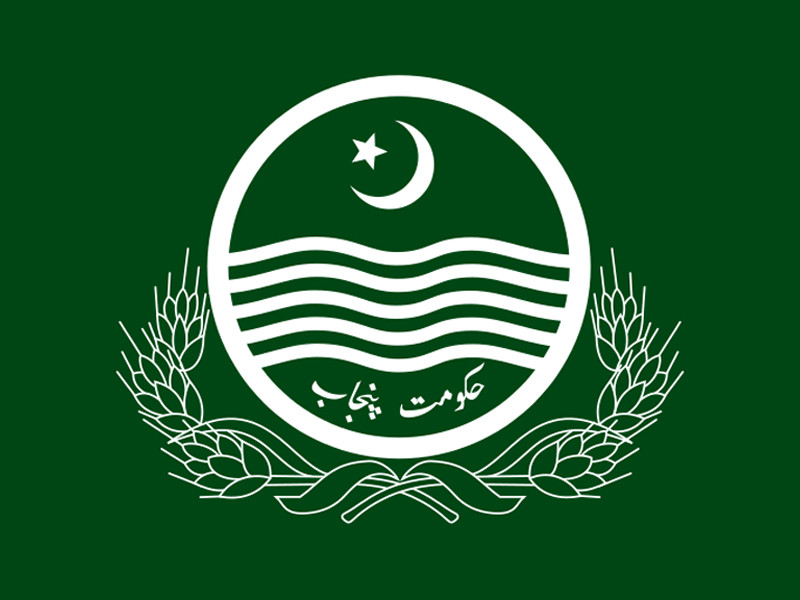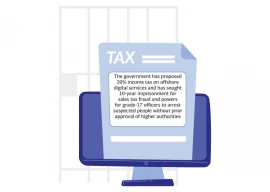
The Punjab government has completed arrangements for artificial rain to mitigate the impact of smog in Lahore.
According to senior Punjab Minister Marriyum Aurangzeb, a collaborative strategy has been developed involving the Department of Environment, Army Aviation, Civil Aviation, PCSIR, and the Meteorological Department.
Speaking on the initiative, Marriyum Aurangzeb said that artificial rain will be initiated when necessary to combat smog, with resources already allocated for the purpose.
She emphasised that the directive came from Punjab Chief Minister Maryam Nawaz, who has instructed the Meteorological Department to assist with the artificial rain process.
"All administrative measures are ready in case of severe smog, and we will follow international standards for the procedure," she said, adding that each operation would cost between Rs5 to 7 million.
Aurangzeb also stressed that a crackdown on vehicles, factories, and other sources emitting toxic smoke is ongoing. She noted that improving the environment through such actions could reduce the need for artificial rain altogether.
The minister urged the public to support efforts against smog by reporting any incidents of stubble burning, industrial smoke, or excessive vehicle emissions to helpline 1373. "Every citizen's cooperation can save lives," she added.
Simultaneously, a strict crackdown on vehicles, factories, and other sources emitting toxic fumes was underway to address pollution at its root.
Marriyum Aurangzeb stressed that if pollution control measures were effective, the need for artificial rain could be avoided.
She called on the public to actively support the government's anti-smog efforts, noting that public cooperation was key to overcoming the issue and improving air quality.
The minister urged citizens to report incidents of crop residue burning, industrial smoke, or vehicles emitting excessive fumes by calling 1373.
She said that every citizen's contribution can help protect public health and reduce the impact of smog.
The first phase involves a detailed climate analysis to determine when and how moisture accumulates in Lahore's clouds. Experts will analyse meteorological data to identify the best time and location for the process.
The second phase includes the installation of advanced technology, where specific machines and equipment will be set up to disperse chemicals into the clouds. These devices will operate automatically and monitor appropriate weather conditions.
The third phase will be practical testing, where chemicals will be released into the clouds on selected days to induce the first artificial rain. The success of this process will be closely monitored to assess its impact.
Artificial rain will help bring airborne pollutants down to the ground, significantly reducing the levels of air pollution. This will not only alleviate the severity of smog but also have positive effects on public health.
Rain is essential for crop growth. Artificial rain will improve agriculture by addressing water shortages in fields. It will also aid in improving the health of crops that have been affected by smog.





1737501233-0/mlk-(1)1737501233-0-165x106.webp)







1737452260-0/Gaddafi-stadium-(2)1737452260-0-270x192.webp)










COMMENTS
Comments are moderated and generally will be posted if they are on-topic and not abusive.
For more information, please see our Comments FAQ